How to layer up under your drysuit to keep warm
The main purpose of a drysuit is to keep you dry (there’s a clue in the name). It’s a waterproof, windproof, breathable shell, however, this means it doesn’t have any thermal or insulating properties of its own. Of course, by keeping the water away from your skin and allowing any moisture to escape, a drysuit will, by default, keep you warmer than you would be without it, as well as providing protection from any windchill. However, the key to staying warm (as well as dry), is to layer up properly underneath.
There are four main things to think about:
1) Temperature
This one’s pretty straight forward, check the weather and think about the conditions. Wind and rain can make you feel colder, and also think about the water temperature, as this is often different to the air.
2) Activity/sport
How active will you be on the water? If you’re sailing, kitesurfing or kayaking, the chances are you’ll be moving around a lot, which will increase your body temperature. If you’re wearing a drysuit for RIB riding or jetskiing, you’ll be sitting down a lot more, meaning you’ll find yourself getting cold more quickly.
3) How long you’ll spend on the water
A couple of hours, or an overnight trip? You want to make sure you’re comfortable, too, if you’re going to be on the water for a long time.
4) How easily you feel the cold
This one’s down to you, think about whether or not you get cold easily compared to other people you know.
With these four factors in mind, you’ll want to layer up using a three-layer system.
The base layer sits against your skin, and its purpose is to hold in your body heat and wick away any moisture from your skin, that would otherwise cool you down. You want this to be a close fitting, comfortable layer, as otherwise the material can wrinkle up under your other layers, resulting in rubbing or chafing.
The midlayer is your thicker layer, so opt for a fleecy material to provide extra insulation and warmth. You can just wear a normal, lightweight fleece here, but you’ll notice many of our drysuits come with an underfleece or undersuit included, meaning you can benefit from a fleece layer on your legs as well as your torso. If you’re wearing a normal fleece on top, think about if you’ll feel the cold on your legs too, and dress appropriately.
The outer layer is your drysuit. It’s a shell that doesn’t add warmth, but it will protect you from water and windchill. The fabrics used to make drysuits nowadays are also always breathable, allowing moisture to escape the suit, instead of letting it cool you down on the inside.
Other tips:
- When you choose your layers, make sure they feel comfortable on, and don’t restrict your movement. Even layered up, you should still have enough flexibility to do your sport at your usual level.
- Though the base layer should fit almost like a second skin, keep in mind when trying on your other layers what they need to fit over – your drysuit needs to have enough space to fit over your base and mid layer.
- Don’t forget your extremities! It’s all very well keeping your torso warm, but don’t forget to wear a hat, gloves, and proper boots with your drysuit.
- Conditions can change when you’re out on the water, the great thing about layers is that they’re easy to adjust if necessary – it’s better to find yourself having to take off your mid layer because you’re too warm than to be too cold because you’ve left a layer behind.
--
Updated on 3rd October 2024
Originally published on 27th September 2018 in Drysuit Guides











































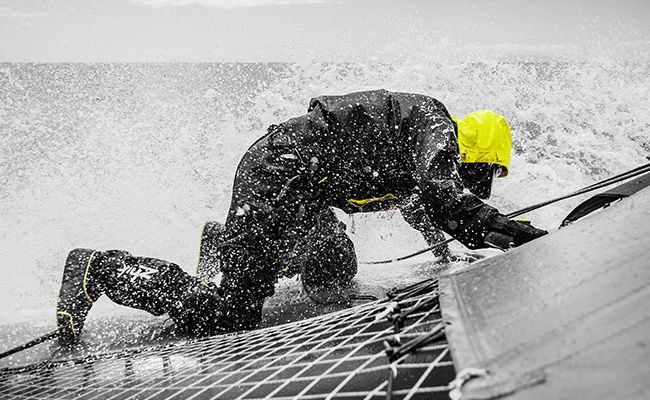



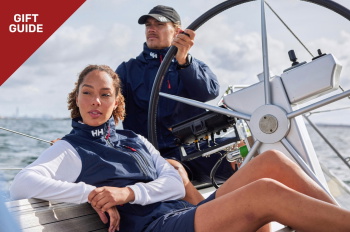

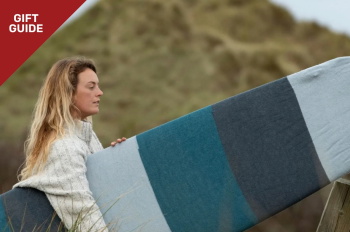
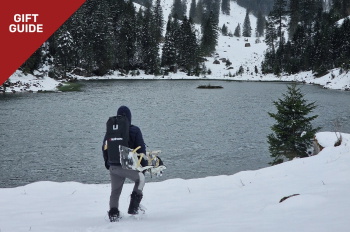
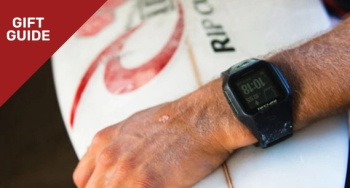



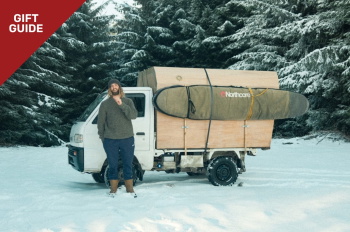
 Visit the US site
Visit the US site  Weiter nach DE
Weiter nach DE